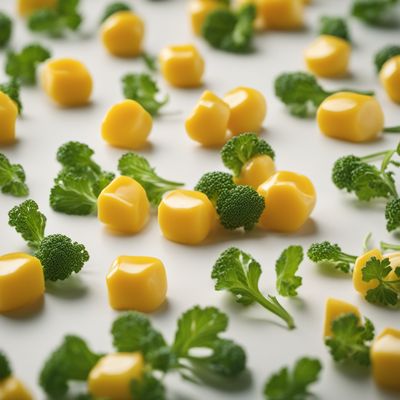
Ingredient
Traditional margarine
The Classic Butter Alternative
Traditional margarine is a plant-based spread made from vegetable oils, water, and emulsifiers. It has a smooth and creamy texture, similar to butter, and a mild, slightly salty flavor. Traditional margarine is commonly used as a substitute for butter in baking, cooking, and spreading on bread or toast.
Origins and history
The concept of margarine dates back to the 19th century when it was developed as a cheaper alternative to butter. It gained popularity during World War II when butter was scarce. Over the years, traditional margarine has evolved to cater to different dietary preferences, with options available for vegan, lactose-free, and cholesterol-free diets.
Nutritional information
Traditional margarine is lower in saturated fat compared to butter and contains no cholesterol. It is often fortified with vitamins A and D. However, it is important to note that traditional margarine may contain trans fats, so it is advisable to check the label for the presence of hydrogenated oils.
Allergens
May contain soy or other allergens depending on the brand and formulation.
How to select
When selecting traditional margarine, look for options that are made from high-quality vegetable oils and do not contain hydrogenated or partially hydrogenated oils. Opt for brands that are free from artificial additives and preservatives.
Storage recommendations
To maintain freshness, traditional margarine should be stored in the refrigerator. It is important to keep it tightly sealed to prevent absorption of odors from other foods. Avoid exposing it to direct sunlight or high temperatures, as it can cause the margarine to melt or spoil.
How to produce
Traditional margarine is produced by blending vegetable oils with water and emulsifiers to create a smooth and spreadable consistency. The process may vary depending on the manufacturer, but it generally involves mixing, chilling, and packaging the margarine.
Preparation tips
Traditional margarine can be used as a substitute for butter in baking, cooking, and spreading. It is commonly used in cakes, cookies, pastries, and as a spread on bread, toast, or pancakes. It can also be used for sautéing and frying.
Substitutions
Butter, vegan butter substitutes
Culinary uses
Traditional margarine is commonly used in baking, cooking, and spreading. It is a versatile ingredient that can be incorporated into a wide range of recipes.
Availability
Commonly available in grocery stores and supermarkets worldwide.
More ingredients from this category
Recipes using Traditional margarine
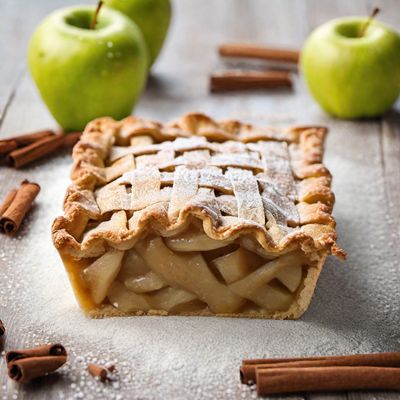
Vegan Apple Pie
Plant-Based Delight: Vegan Apple Pie
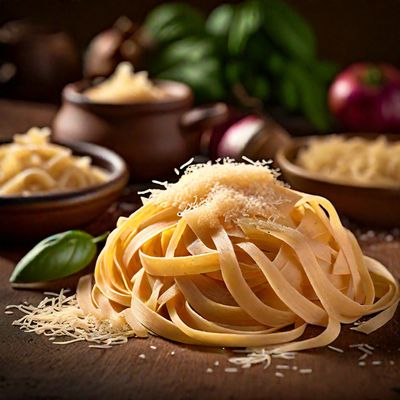
Fettuccine con Salsa de Mantequilla y Parmesano
Delicioso Fettuccine Peruano con Salsa de Mantequilla y Parmesano
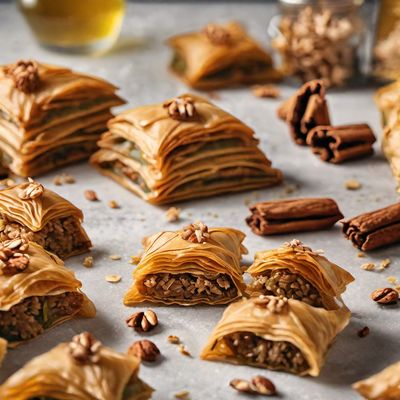
Vegan Baklava
Plant-Based Delight: Vegan Baklava
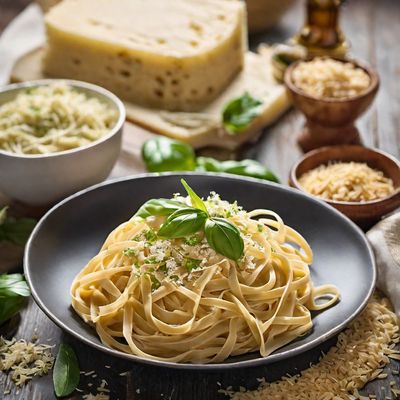
Fettuccine con Salsa de Mantequilla y Parmesano
Delicioso Fettuccine con Salsa de Mantequilla y Parmesano
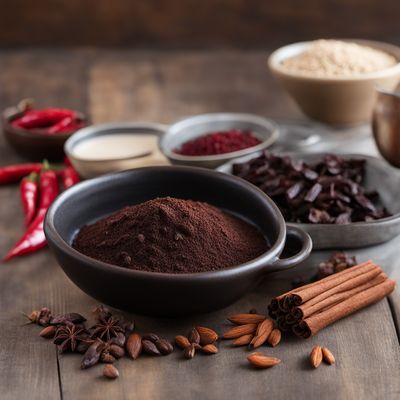
Seven Moles of Oaxaca
A Symphony of Flavors: Seven Moles of Oaxaca

Vegan Tarte Tatin
Plant-Based Delight: Vegan Tarte Tatin
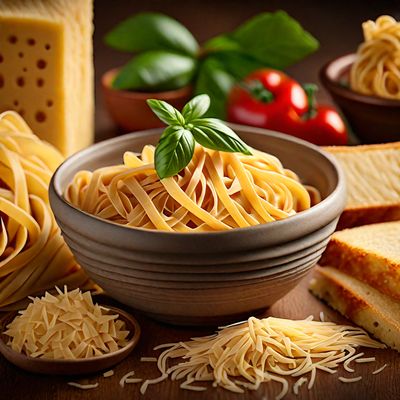
Fettuccine burro e Parmigiano
Fettuccine con Mantequilla y Parmesano

